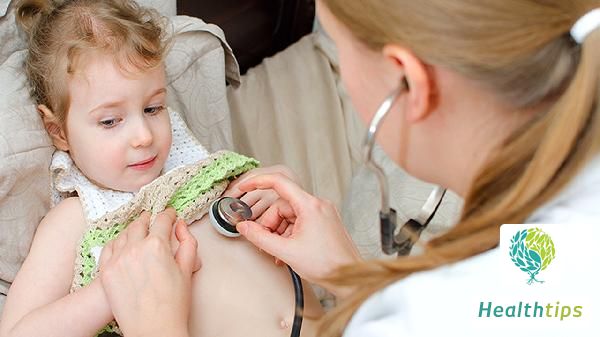Can Someone with Rib Fractures Lie Down to Sleep?
Sleeping on one's back is possible with rib fractures, but adjustments need to be made based on the type of fracture and individual circumstances. Choosing an appropriate sleeping position and support tools can help alleviate pain and facilitate recovery. Avoid improper positions that may cause additional discomfort or prolong recovery time.

1. Appropriate Sleeping Positions
Rib fractures can cause severe local pain, especially when lying flat or on one's side. Generally, it is recommended to sleep on one's back or in a semi-reclined position, as these positions can reduce chest pressure and alleviate pain caused by weight compression. If side sleeping is necessary (due to habitual preferences), the unaffected side should be chosen, and a soft pillow should be placed under the contact points between the body and the bed to support the body and reduce discomfort caused by pulling and friction.
2. Using Support Tools
Certain auxiliary tools can be used during sleep to help immobilize or reduce rib movement. For example, specially designed rib support belts can provide external protection to the rib area, but they should not be worn for too long to avoid affecting deep breathing and blood circulation. Adding a memory foam mattress pad or placing a supportive pillow behind the back can also improve comfort.
3. Auxiliary Measures for Pain Relief
Taking some pain relief measures before sleep can help patients fall asleep. Common methods include taking painkillers prescribed by a doctor (such as paracetamol or ibuprofen) half an hour before bedtime or applying a local hot compress (such as using a hot water bottle) to relax muscles. Additionally, maintaining a quiet bedroom environment with soft lighting can also improve sleep quality.
4. Care Recommendations for Rib Healing
Rib fractures usually take 4-6 weeks to heal. During this period, avoid vigorous coughing, forceful breathing, or unnecessary torso twisting. A diet rich in nutrients that promote bone repair, such as calcium-rich foods (e.g., milk, soy products), vitamin C-rich fruits (e.g., oranges, kiwis), and high-protein foods (e.g., eggs, fish), should be consumed. Daily vitamin D supplementation can help improve calcium absorption and utilization. Patients with rib fractures should not ignore pain or attempt self-treatment incorrectly. If severe pain or dyspnea occurs, immediate medical attention is required to rule out other possible complications such as pneumothorax or internal organ damage. During the fracture recovery process, following doctor's instructions, choosing a suitable sleeping position, and adhering to scientific nursing measures can help patients recover faster.



















